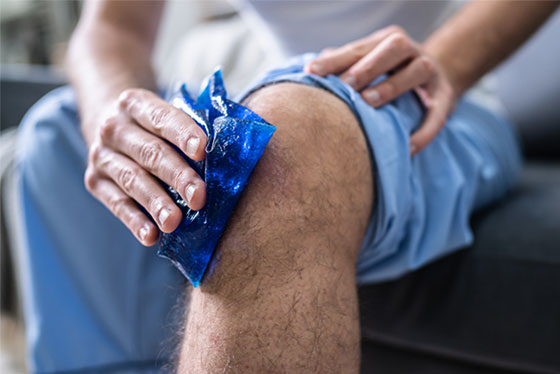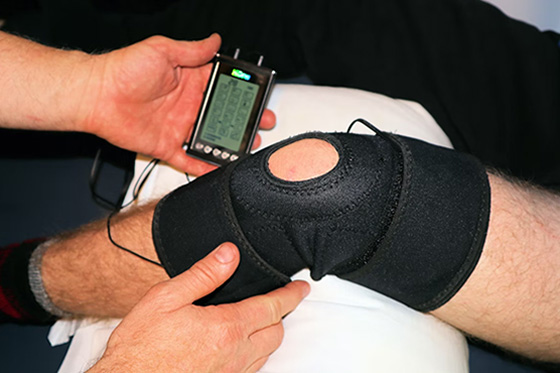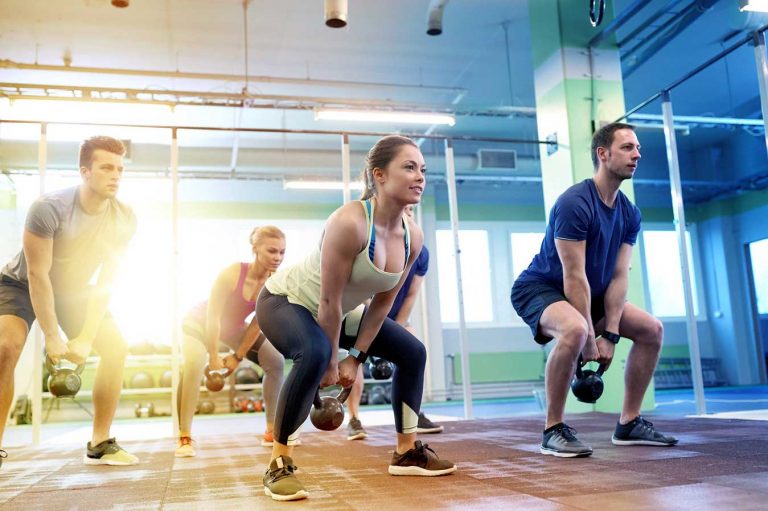A knee replacement surgery is a common surgical procedure that replaces the damaged or arthritic knee joint with an artificial joint. The surgery is usually done to improve the quality of life for people with severe knee arthritis. Recovery from a knee replacement surgery can be a long and difficult process, but following a prescribed exercise regime can help make the recovery process easier. Here are six tips to follow during your post-surgery rehabilitation:
Always Follow Your Doctor’s Orders
After a knee replacement surgery, it is important to follow your doctor’s orders and instructions. This includes taking any prescribed medication, using any required medical devices, and completing all recommended physical therapy sessions. In case of total knee replacement, the doctor will usually advise you to keep your leg elevated when you are sitting or lying down to reduce swelling and pain. You will also likely be on blood thinners for at least 2 weeks to prevent blood clots. Even though every patient’s situation is different, and some will heal faster than others, it is crucial to always follow up on everything your doctor tells you to do. Failing to do so can delay your healing process and put you at risk for complications.
Start Physical Therapy as Soon as Possible
Physical therapy is a vital part of the rehabilitation process after a knee replacement surgery. It helps improve strength, range of motion, and flexibility in the affected knee. Most patients will start physical therapy within the first week after surgery. The therapist will design a personalized program that gradually increases in intensity as your strength and endurance improve. At first, you will likely do exercises to improve your range of motion. These may include bending and straightening your leg, ankle pumps, and quadriceps sets. As you get stronger, you will move on to exercises that focus on building muscle strength, such as leg presses and extensions.
Make Sure You Are Doing Your Exercises Correctly
To get the most benefit from your physical therapy exercises, it is important to make sure you are doing them correctly. This means using the correct form and technique. If you are not sure how to do an exercise correctly, be sure to ask your therapist for help. It is also important to only do the exercises that are prescribed by your therapist. Exercising too much or doing the wrong exercises can delay your healing process and put you at risk for further injury. Just make sure you listen to your body. If an exercise is causing you pain, stop doing it and tell your therapist. In most cases, a little discomfort is normal, but the pain is not and should be addressed as soon as possible.
Use Ice and Heat Therapy

Ice and heat therapy can also help reduce pain and swelling after a knee replacement surgery. Ice should be used for the first few days after surgery, then switched to heat once the swelling has gone down. Heat can be applied through heating pads, warm baths, or warm compresses. It is important to never apply heat directly to the skin, as this can cause burns. Ice should be applied for 20 minutes at a time, followed by a 20-minute break. Heat can be applied for 30 minutes at a time. Keep in mind that heat therapy should never be used if the affected area is red, swollen, or hot to the touch. So before applying heat, make sure to check with your doctor or physical therapist.
Avoid High-Impact Activities
After a knee replacement surgery, it is important to avoid high-impact activities, such as running and jumping. These activities can put too much stress on the new joint, which can lead to pain, swelling, and instability. Low-impact activities, such as walking, biking, and swimming, are much better options for people in the early stages of recovery. Once you have regained more strength and stability in your knee, you can start to slowly add in some light-impact activities, such as golfing or tennis. However, always make sure to check with your doctor or physical therapist before starting any new activity.
Maintain a Healthy Weight
Maintaining a healthy weight is important for people of all ages, but it is especially crucial for those who have had knee replacement surgery. Excess weight puts added stress on the joints, which can lead to pain and instability. Losing weight can help reduce the wear and tear on your new joint, and ultimately help you feel better and move more easily. However with limited mobility after surgery, losing weight can be a challenge. Even if you were unable to lose weight before surgery, there are still ways to do it after surgery. Working with a registered dietitian can help you create a healthy eating plan that meets your needs and helps you reach your goals.

While knee replacement surgery is indeed a major surgery, it is one of the most effective treatments for severe knee pain and arthritis. With proper care and rehabilitation, most people can return to their previous level of activity within a few months. Just be sure to keep these tips in mind during your recovery to ensure a smooth and successful transition back to your normal life.



